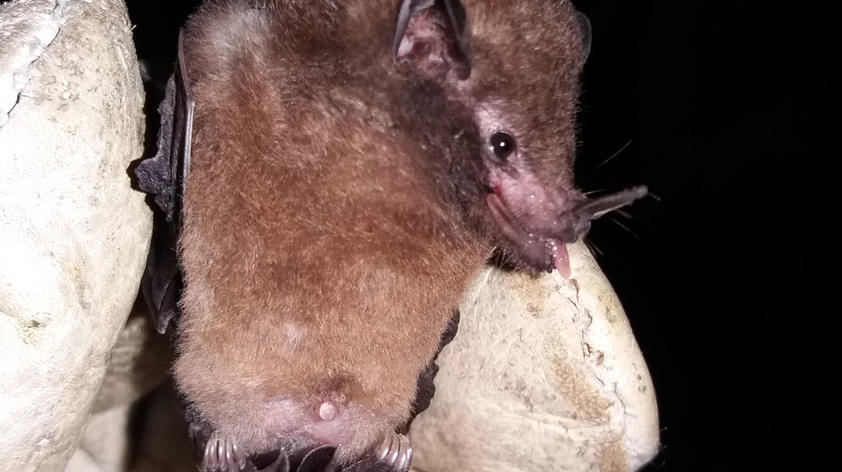
The problem: Bats and their relationship with diseases (Part 2 – translated from Spanish)
How did we come to blame bats for the virus that plagues us today? Is it true that they transmit diseases?
The first and most important way to answer these questions is to understand the nature and natural history of bats. Previously, I mentioned that, 55 million years ago, these animals already flew over Earth, but do you know what was happening with humans around that time? Well, the hominid lineage, the group of primates to which we belong, did not even exist yet, and if we search for our oldest 'ancestor', perhaps we will only need to go back 4 or 5 million years.
As a result, it is natural that throughout their long existence, bats have had to contend with multiple diseases and, through selection pressure, have evolved some resistance. So, yes, they are indeed carriers of various diseases, including varieties of viruses related to SARS, but this does not mean, nor should it be understood, that bats are dispersers (vectors) of these diseases.
To explain the process in which one of these viruses can jump to another species, such as humans, I will divide it into four stages.
The first phase is the destruction of natural environments where bats and other animals live. The continuous degradation of these environments forces wildlife to retreat to more inaccessible areas or to learn to survive in environments that we are modifying.
The second phase is loss of biodiversity. It turns out that not all species can adapt to living in disturbed environments; usually 'generalist' species have the most plasticity, but this implies that many other species are disappearing, thus reducing the heterogeneity of biological communities.
The third phase is the 'jump' of the virus from one species to another. This is difficult under well-preserved and natural conditions, but by greatly reducing biodiversity, we make it much more likely that a virus can make the leap (see 'dilution effect' in ecology).
And finally, the 'cherry on the cake', the fourth phase, the irresponsible interaction. Having contact with wildlife means exposing yourself, and exposing animals, to a mutual exchange of microorganisms, a process called zoonosis. But people are not only in contact with wildlife, we also bring fauna to our city markets, close to the food we eat and within the vicinity of other people. We even choose to eat these animals, which provides a virus the perfect means to spread from one species to another.
But note, it is not the bats that transmitted the virus - they did not leave their habitats with the aim of infecting or spreading a disease, much less affect humans or the world. We must recognize that it was people who, through a set of actions, forced the conditions that permitted this process, which would naturally take a long time and be much less likely to occur, to proceed in such a chaotic and uncontrolled manner.
And before we blame people in a specific country, we should evaluate if it happens or may happen in our countries, too. For example, in Peru, is not wildlife consumed in local markets of certain cities? Let's do a serious self-assessment of how responsible we are, as a society, for that which is happening now.
Conservation: Future perspectives
The trouble we face today is tragic, without a doubt. But it is also an opportunity to realize how much we were doing wrong. Management of the biodiversity that we have is perhaps the appropriate way of being able to maintain a balance and predict this type of situation.
I would not like to close this comment without once again highlighting how important bats are and how much remains to be investigated about them. After several years of studying these animals, I can testify that they are truly gentle and fascinating beings, who have never ceased to amaze me. The wonderfulness of their adaptations and strategies provides many examples for the study of ecology, evolution, physiology, and other multiple disciplines.
Bats are animals that deserve our attention, but not negatively; they deserve our respect and admiration, and even more, they deserve our curiosity.
Orlando Zegarra is a Peruvian biologist, with an orientation in Ecology, from the National Agrarian University La Molina, in Lima. He is an alumnus of the Cocha Cashu Tropical Ecology and Field Techniques course in 2016, as well as a researcher in the mammalogy department of the San Marcos University Natural History Museum and a member of the mammalogy division of the Ornithology and Biodiversity Center (CORBIDI). He is also Coordinator of the Lima headquarters of the Peruvian Bat Conservation Program (PCMP) and a member of the IUCN Small Mammals Specialist Group (SMSG). Currently he's researching the distributions and morphological variations of bats in different environments.













